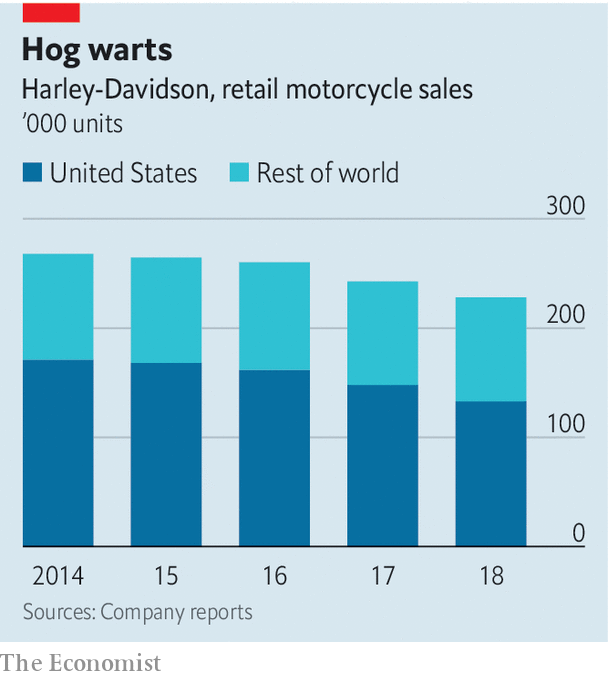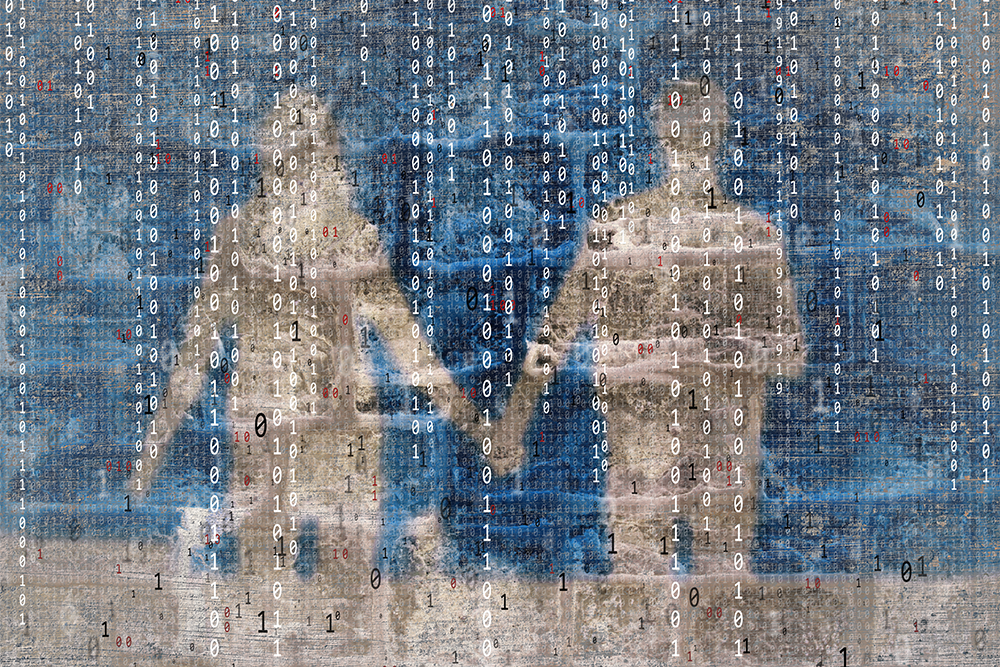You can also watch this video by clicking on the Play Button
2/24/2019
Duke University apologizes

Duke University moved quickly
on Monday to offer apologies, launch an investigation and reassure a core group
of graduate scholars after a medical school administrator sent an email warning
Chinese students to speak in English.
Outcry mounted after an email sent on Friday by Megan
Neely, who teaches in the biostatistics master’s degree.
Neely’s email to 50 biostatistics students said two
faculty members approached her to complain about students speaking Chinese in a
common area. She wrote that both were disappointed the students weren’t working
to improve their English and wanted their names. The email urged international
students to “keep these unintended consequences in mind when you choose to
speak in Chinese in the building”.
Over the weekend, screenshots of the emails got scores
of views and angry comments on social media networks in the US and China.
The Duke Asian Students Association issued a statement
slamming Neely’s emails as discriminatory and harmful.
Amid the angry response, Neely stepped down as the
program’s director of graduate studies, according to a letter from Dr Mary
Klotman, the medical school dean.
Klotman apologized to students in the program in her
letter, saying there was no restriction on using foreign languages in
conversations.
Neely, who remains an assistant professor, also
apologized in an email to program members, saying: “I deeply regret the hurt my
email has caused. It was not my intention.”
“Duke’s
engagement with China, with Chinese students and with Chinese scholars is
broad, deep and longstanding,” the Duke vice-president for public affairs,
Michael Schoenfeld, said in an interview on Monday.
“We deeply regret that this particular incident might
have compromised the very valuable and mutually beneficial relationship that
Duke has with its Chinese students.”
Across all of Duke’s graduate and professional
programs, 1,300 of about 8,500 students come from China. Thirty-six of the 55
students in the biostatistics master’s degree program are from China, and
Chinese scholars represent one-fifth of the program’s approximately 50 faculty
members.
International students are particularly attractive to
US graduate programs because many countries abroad place more emphasis on math
and science education, and because foreign students with the means to study in
the US often can pay full tuition rather than seek financial assistance, said
Scott Jaschik, the editor of Inside Higher Ed. He commended Duke for moving
quickly to investigate, but added the school’s reputation could still suffer. “There
is a quite a grapevine of information about international students back home- You
can be sure people will hear about this,” he said in an interview.
Chi Liu, who’s from China’s Human province and is pursuing
a chemistry PhD at Duke, said the university can maintain a good reputation
abroad if it shows it’s taking the situation seriously. Liu believes Duke
should fire Neely and the two unnamed faculty members who complained to her.
“All of us are angry. We feel offended,” he said,
referring to the reaction among students from China. “You have this email to
the Chinese students saying ... if you speak Chinese you will be remembered and
identified, and that will affect your performance. That is very serious.”
 |
| Duke University - Aerial View |
2/18/2019
2/17/2019
Naomi Osaka's nationality

When Naomi Osaka won
the Australian Open on January 26th and became the world’s top-ranked female
tennis player, the inhabitants of her mother’s home town of Nemuro, on Japan’s
northernmost island, Hokkaido, celebrated.
That may
not seem strange, but in Japan people are typically considered Japanese only if
they have two Japanese parents, speak fluent Japanese, look the part and “act
Japanese”. Ms Osaka grew up in America and is only hafu (half)
Japanese; her father is Haitian. She is more comfortable speaking English than
Japanese. Her grandfather at first disowned her mother when she told him she
was seeing a foreign man.
Japan may
be becoming more tolerant of those who are different, however
To some
degree it is a question of numbers: 3.4% of married Japanese have a foreign
spouse and three times more foreigners live and work in the country today than
a decade ago.
Since Japan
does not technically allow dual citizenship for those over 22, Ms Osaka will
have to choose in October whether to remain Japanese or give up her
American citizenship.
From The Economist (edited)
Harley Davidson rough ride

A tour of the modernist building of the
Harley-Davidson museum in Milwaukee helps to explain why the midwestern maker
of motorcycles has iconic status, but also why it is struggling. Nearly all the
visitors are white, middle-aged men, some in leather and heavily tattooed,
others dressed conservatively. Harley is the quintessential baby-boomer brand but
its customers are slowing down.
The firm has been losing sales at home for eight
consecutive quarters. The total cost of tariffs (those imposed specifically on
its bikes by the European Union and China, and also those levied by America on
imports of steel and aluminium, its main materials), together with
restructuring costs, wiped out its profits.
The 116-year-old business has been through tough times
before. It almost went bankrupt in 1981 when America was in recession and
Japanese makers of motorcycles dumped unsold inventory onto the American market
at extremely low prices. Then a group of employees bought the company,
persuaded the government to impose tariffs on Japanese bikes, improved the
quality of its wares and returned to the heavy retro look of the 1940s. That
did the trick for baby boomers who bought the expensive toys cleverly marketed
as a symbol of freedom, individualism and adventure on America’s scenic roads.
Tariffs are the enemy again: the company expects their
cost to rise to $120m this year.
Harley’s other challenge is to win over millennials,
women and non-white buyers.
Dealers are counting on the 16 new motorcycle models to
be more affordable, and attractive to a wider audience both in the USA and in
international markets.
Harley may suffer from the quality of its older motorcycles.
Sales of used bikes are outpacing those of new ones by three to one (a decade
ago it was the other way around). But while old bikes, and Harley accessories
and clothing sold in specialist shops and on Amazon are selling well, they
won’t compensate for the damage done by tariffs and youthful disinterest.

From The Economist (edited)
2/16/2019
2/10/2019
What Is Affective Computing?

How would
your computer respond if you looked frustrated or upset? Could your phone
comfort you if you were sad after getting a call? Could your smart home
adjust the music, lighting, or other aspects of the environment around you
after you’ve had a bad day at work — without being asked?
It may seem
far-fetched, but computers that can read your emotions and have some level of
“emotional intelligence” are not far off. The field is called affective
computing, and it’s being developed for use in many applications.
Affective
computing is not a new field but one that is becoming more relevant today,
especially if you combine them with big data, robotics and machine learning.
Why do we
want a computer to empathize with us?
Emotions
are a fundamental part of the human experience — but they’ve long been ignored
by technology development because they seemed difficult to quantify and because
the technology didn’t really exist to read them. This has resulted in sometimes
frustrating user experiences.
Programs will
soon use facial expressions and micro-expressions, posture, gestures, tone of
voice, speech and even the rhythm or force of keystrokes as well as the
temperature of your hands to register changes in a user’s emotional state.
Cameras and other sensors will send the
input data to deep learning algorithms that determine what your emotional state
might be — and then react accordingly.
And the
applications of these tools are practically limitless. E-learning programs
could automatically detect when the learner was having difficulty and offer
additional explanations or information. E-therapy could help deliver
psychological health services online and be as effective as in-person
counseling.
Companies
including the BBC, CBS, Coca-Cola and Disney are already partnering with Affectiva,
a leading company in recognizing facial expressions, to test the
effectiveness of advertisements, and how viewers react to film trailers and TV
shows.
The company
is now working with “a very large Japanese car company” to create in-car
technology that can sense when you’re drowsy or distracted, and can contact
emergency services or a friend or family member in an emergency situation.
Microsoft
even recently tested a bra that can sense stress levels. Other
applications are being created to help people on the Autism spectrum interact
with others. People with Autism typically have difficulty recognizing the
emotions of others, and small, wearable devices can help alert them to another
person’s emotions to help them react and interact in social situations.
Another
medical device can alert the wearer to changes in their biometric data (heart
rate, temperature, etc.) in the moments before, during, and after a dangerous
epileptic seizure.
Just as
“artificial intelligence” isn’t the same as human intelligence (computers
“think” in fundamentally different ways than the human brain), “emotional”
machines won’t really be emotional.
By
combining affective computing with machine learning, big data, and robotics,
you’re on the edge of a time when machines will at least seem to
respond to us with sympathy and other emotional responses.
Your
refrigerator might suggest you skip the ice cream tonight because your stress
levels are high. Your car might warn you to drive carefully because you seem
tense. Your phone might encourage you to take breaks because you’re
getting frustrated.
Robots already
exist that can recognize the faces of different family members and respond
accordingly. Soon they will be able to recognize your emotions as well and
offer helpful suggestions. The age
of the “emotional” computer is coming.
Article by Bernard Marr (edited)
Swiss guard new helmets

VATICAN
CITY (Reuters) - The Vatican’s Swiss Guard, the colorfully dressed mini-army
that helps protect the pope, will have cooler heads. Their ancient metal helmets will be swapped for
ones made by 3-D printers.
The new
helmets, made of a thermoplastic, were distributed to the corps last month on
the 513th anniversary of their foundation as a mercenary force in 1506.
They are
nearly identical in appearance to the previous version and bear the coat of
arms of Pope Julius II, who first used the corps for his personal protection.
One of the
main advantages of the new helmets is that they will not heat up like the metal
ones, so the guards will sweat less.
The old
helmets, made in Austria, weighed two kilograms, while the new ones, made in
Switzerland, weigh 570 grams.
The 110 men
of Swiss Guard wear the ceremonial uniforms of yellow, red and blue stripes at
official papal services such as masses and visits by heads of state.
If you want to get more information on the Swiss Guard, click on the Play Button below

Article from Reuters (edited)
Subscribe to:
Comments (Atom)











